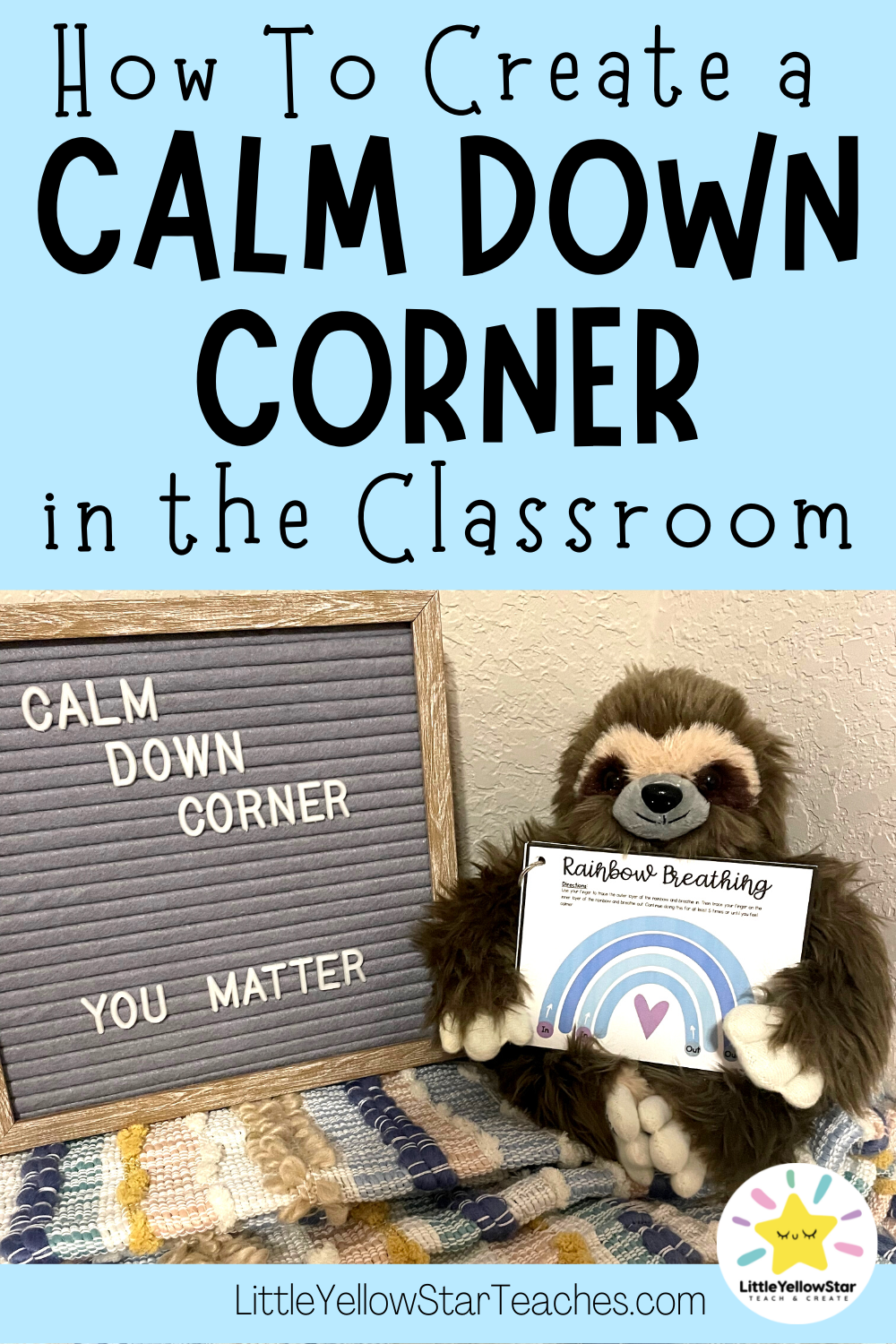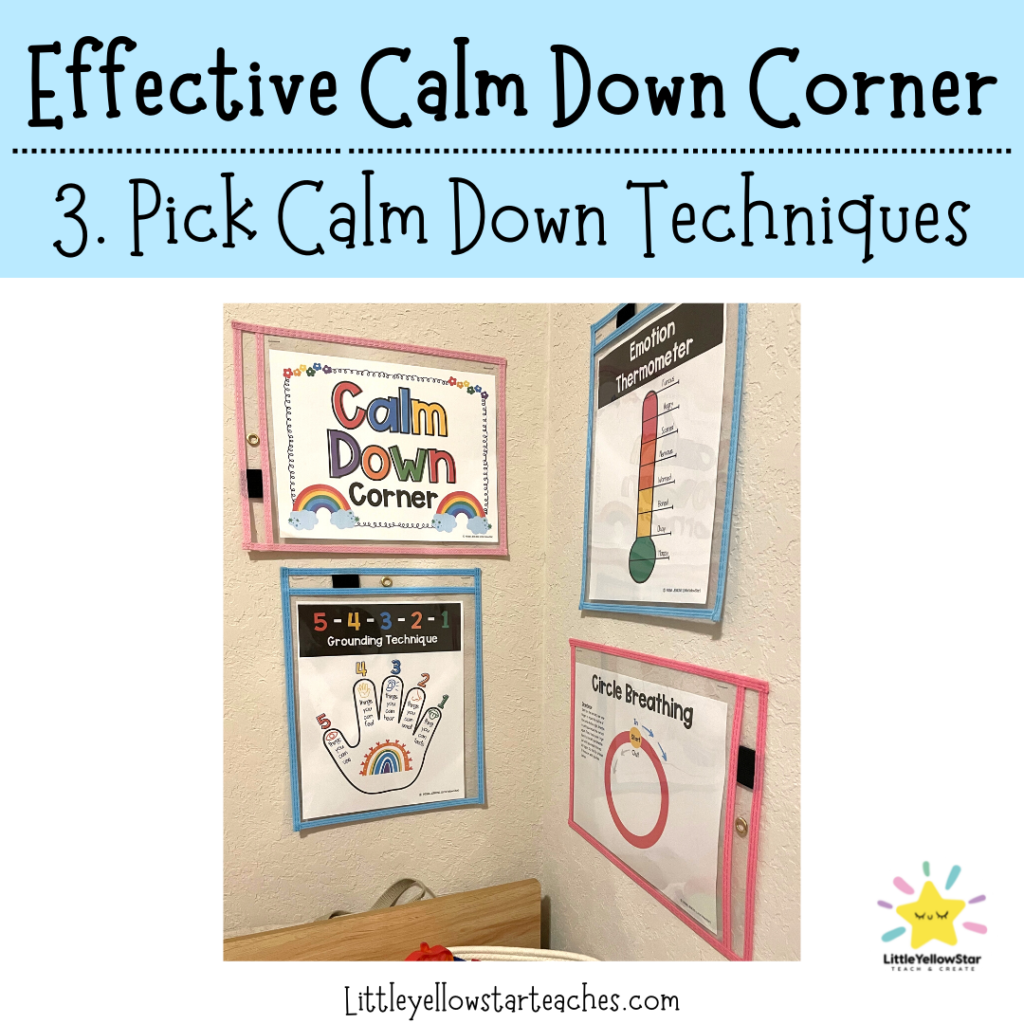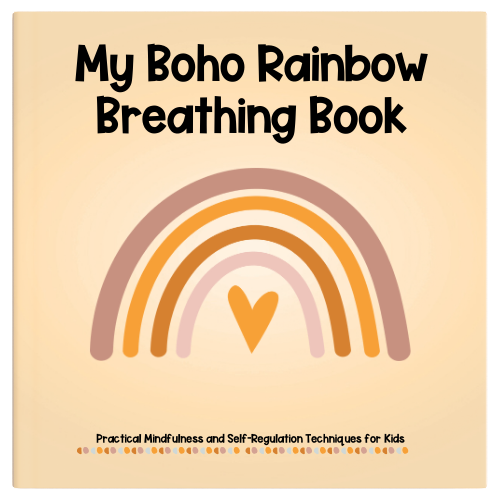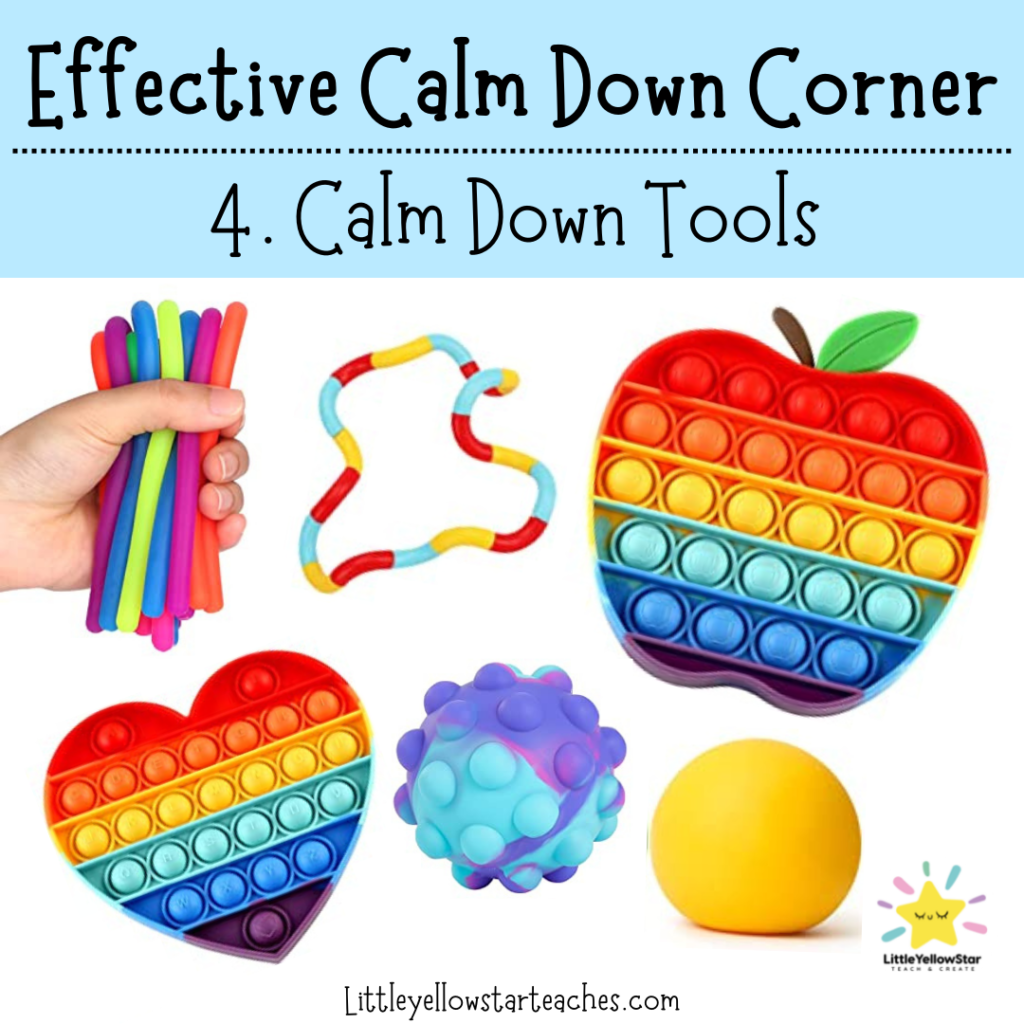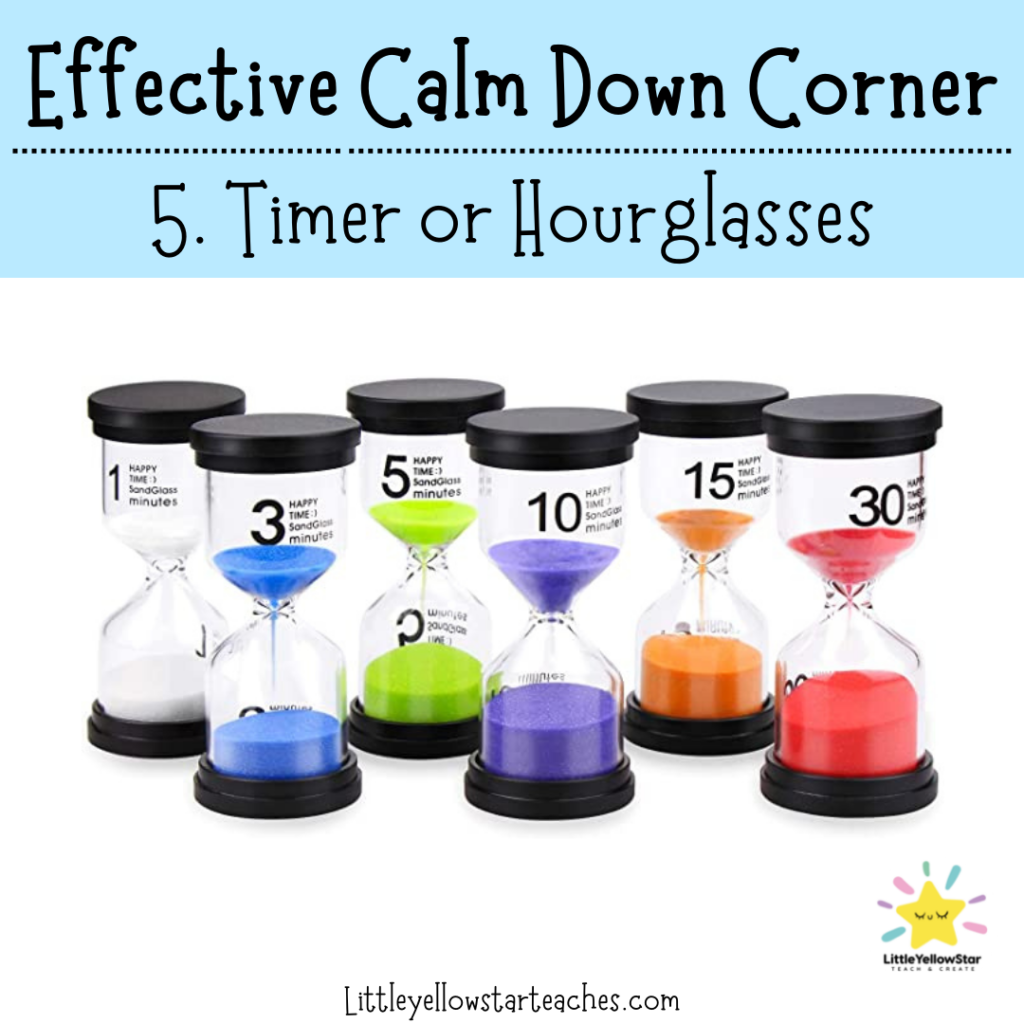I had to ask myself, “How To Create A Calm Down Corner in Classrooms?” when I started teaching in the United States. It was one of the things that our principal wanted to implement at the time that I joined the school.
The idea of having a Calm Down Corner was intriguing to me. I had been teaching for four years at that point and had never heard of it before. It just made me wonder how helpful this would have been for some of my former students had I heard of it.
So, I went ahead and started ordering stress balls, fidget toys, and more hourglasses. (I have always been obsessed with hourglasses and convinced every teacher should have a set in their classroom, more on later!)
I put all those items in a pretty basket, picked a corner in the classroom, set up some cushions, and added a Calm Down Corner Sign. When my students arrived, I talked to them about this corner, and everyone was excited.
HOWEVER, the excitement was relatively short-lived (for me, at least).
I quickly discovered that my students did not understand how to use the calm down corner. All the tools and toys were more of a distraction than helping anyone calm down. What I had set up wasn’t practical; more importantly, it wasn’t serving its purpose.
So, I went back to the drawing board and tried again. After more research and reflection, I came up with a new plan that has worked for me every year since I have been in the classroom. So, here I am sharing my strategy so you won’t make the same mistakes.
***Disclosure: This post contains an Amazon affiliate link that at no additional cost to you, I may earn a small commission when you purchase through the link from my blog. Thank you for your support!
4 Steps To Create An Effective Calm Down Corner:
#1 A Comfortable Secluded Corner
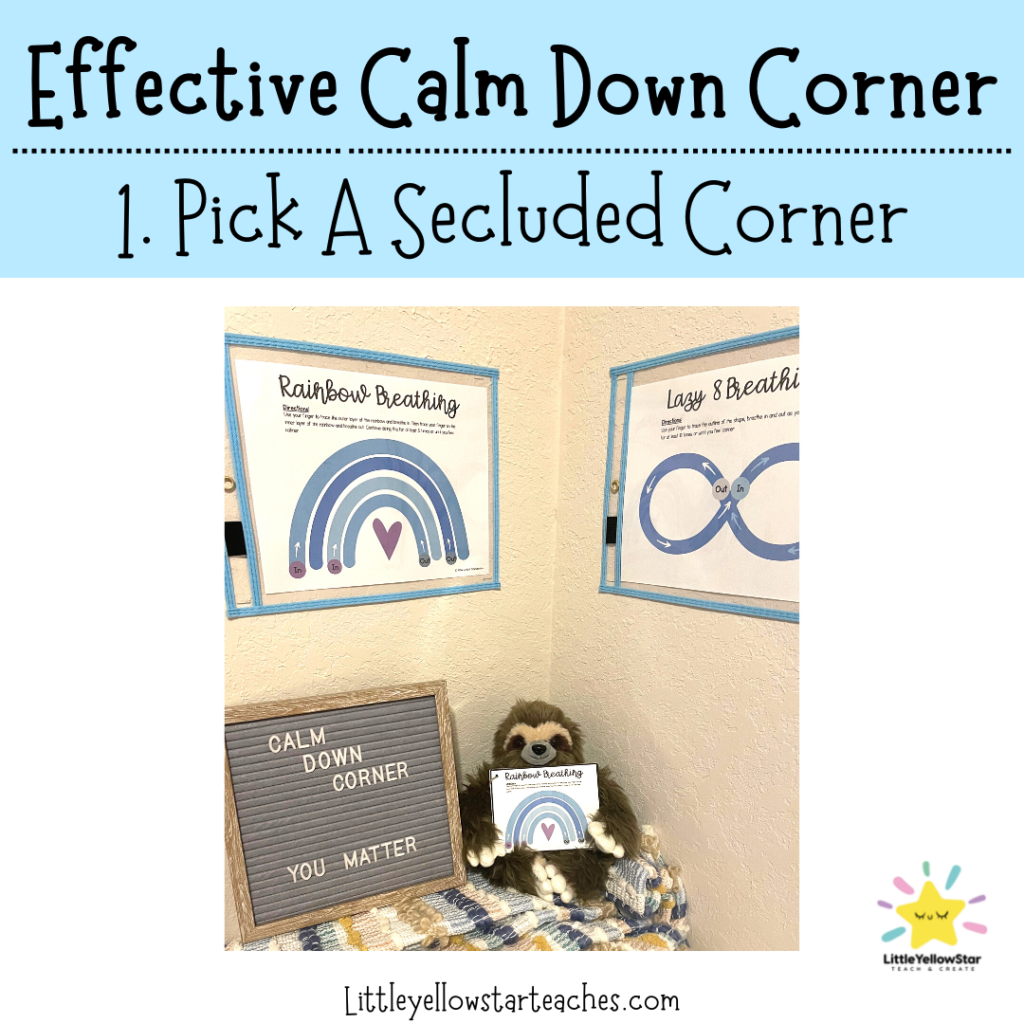
You do not need a bunch of cushions, stuffed animals, and blankets. Sure, those things are nice but are they necessary to create a space that will make your students feel safe to express their feelings? In addition, they are not your priority items if you are on a budget.
A Calm Down Corner is in a corner for an excellent reason. A student that needs a mental break can turn and face the corner, making them feel like the whole class is not watching them! So pick a corner that will let them do that. Anything you add on top of that will enhance the space but is unnecessary.
#2 Set Your Expectations & Teach The Tools/Techniques

Just like every classroom procedure, do not assume your students know what to do if a calm down corner is available.
Discuss with your students when, why, and how to use the calm down corner. I love having an anchor chart up close by as a reference for them. Also, teach your students the tools and techniques you have available in the calm down corner classroom.
Setting expectations will prevent students from using the calm down corner ineffectively and ensure that it is genuinely available for those who need it. Read more about How To Introduce A Calm Down Corner Classroom.
#3 Select 2 to 5 Calm Down Techniques
There are many different calm down techniques, but you need something your students can implement quickly, easily, and independently. I only use two main techniques and never taught more than 5! The more tools and techniques you have will make it harder for your students to choose.
Imagine an angry student staring at a wall full of techniques; that student won’t be able to choose what to do at that moment. It will only make it harder for that student to focus and start calming down. Start with two, then add more.
I always pick one breathing exercise and one grounding exercise.
When someone is in a heightened state of emotion, the first sign is irregular breathing, which is why you want to give your students a tool to help them regulate their breathing fast!
I use the Circle Breathing exercise from my Calm Down Corner Kit that students can easily follow and trace with their fingers. I also like using other breathing exercises such as the Rainbow breathing exercise because who doesn’t like a rainbow!? You can also find other breathing exercise ideas in my Mindfulness Breathing Techniques resource.
A grounding technique helps your students come back to the present. A heightened state of emotion can make someone think of a storm! The 5-4-3-2-1 Grounding Technique helps your students focus on what is around them, not what is in their heads. Journaling is also another good simple, and effective grounding tool.
Check Out Rainbow Mindfulness Books and More!
#4 Calm Down Tools
Using the body is a great way to regulate emotions. However, the reality of being in the classroom is that students cannot jump, scream, or dance their feelings away (especially when you are teaching!).
There is where tools such as stress balls and poppers can help students use their bodies to regulate emotions in a classroom-friendly way. When buying calm-down tools, think squeeze, press, and fidget. You don’t need A Lot of tools! Just three things that will let your students choose, and you are golden!
Of course, you can have many tools, but be mindful that they are being used to help calm down, not just as a distraction. Because of this, I always teach the students how and why they can use the tools while pairing them with the calm down techniques. Read more on my 5 Must Have Fidget Tools for your Calm Down Corner.
#5 Optional: A Timer or An Hourglass
If a student needs a mental break, we don’t want to pressure them to calm down by putting a time limit on that. However, most of my former students who frequent the calm down corner prefer to know how long they spent in the corner. So it might be some form of a self-regulation technique.
Regardless, I always have a timer and different types of hourglasses for the students. However, the hourglass seemed to be the more popular choice. I believe it’s because the students can focus on breathing while watching the sand fall. I mean, I know that I had done the same when I was younger. In addition, there is a very calming effect of the tiny particles falling (Or, maybe I’m just strange?!).
I’ll share an anecdote on this topic. I still remember having a student come up to me and say, “Mrs. Jenkins, I was so proud of myself today because it only took me 3 minutes to calm down.” He had been using a one-minute hourglass to help calm down and count how long it would take him. Not long after, he didn’t need the calm-down corner anymore. He wasn’t a unique case because I had other students that did the same thing. It’s the magic of the hourglass!
Now that we cut down the core, there are only 4 to 5 steps you need to take to create an effective Calm Down Corner in your classroom. Having a Pinterest-worthy calm down corner classroom sounds fantastic, but it is unnecessary, especially if you are on a budget.
Now more than ever, your students need help with self-regulation, and having a safe space in the classroom is a fantastic start. Thank you for doing what you do and always looking for ways to help your students succeed academically and social-emotionally.
You can also check out my Calm Down Corner Resources in my TPT store here.
Bye for now!
Prima from LittleYellowStar
* * *

